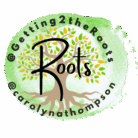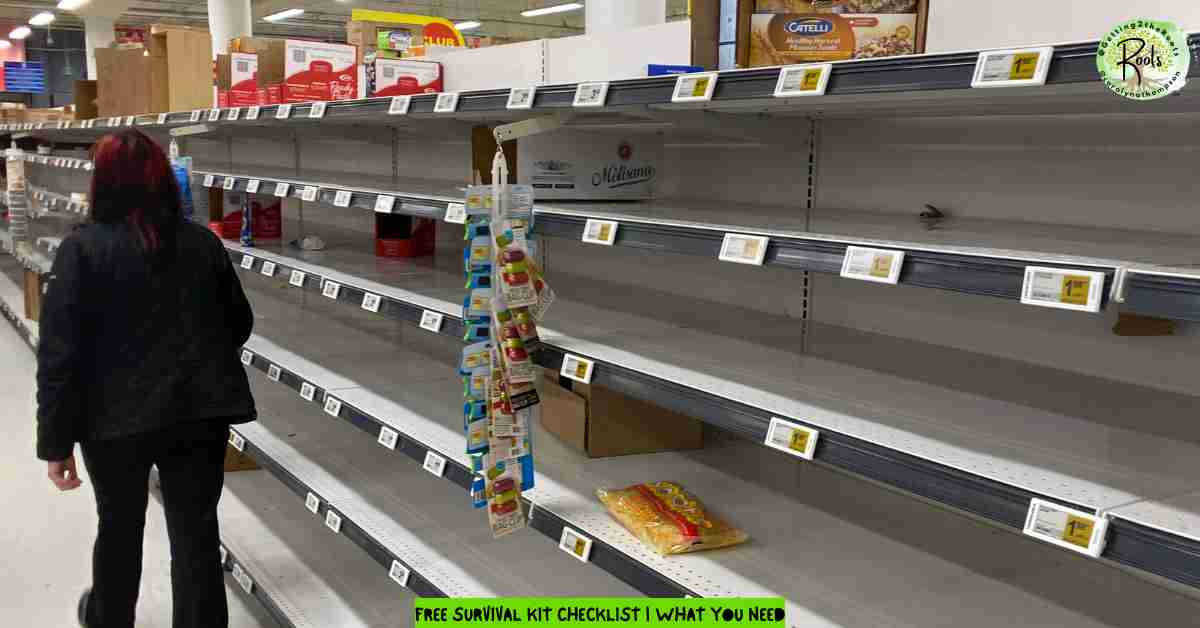This Free Survival Kit Checklist is your starting point for getting prepared before disaster strikes.
From hygiene to food, first aid, and more, this list covers the must-have items every household should keep on hand.
Use it to build your emergency kit or go-bag and stay ready for whatever comes your way.
Free Survival Checklist: What You Need to Stock Up On
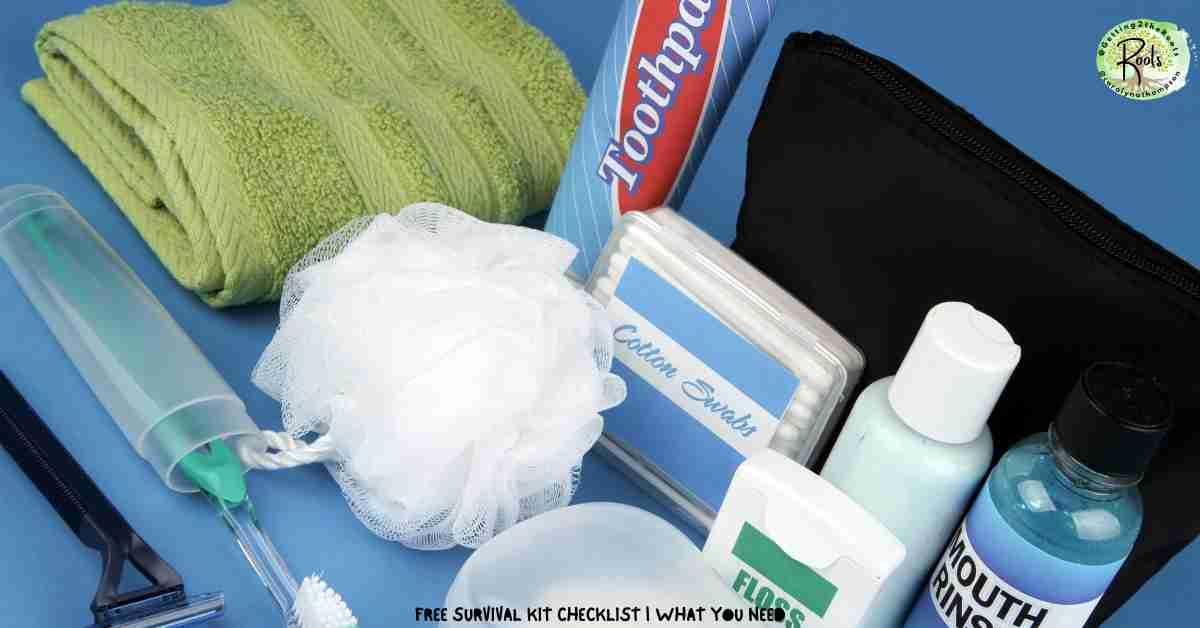
Hygiene & Personal Care
- Toilet paper
- Toothpaste
- Toothbrushes
- Bar soap
- Body wash
- Shampoo
- Conditioner
- Deodorant
- Sanitary pads
- Feminine wash
- Menstrual cups or discs (reusable option)
- Hand lotion
- Sunscreen
- Lip balm
- Combs and brushes
- Nail clippers
Cleaning Supplies
- Laundry detergent
- Dish soap
- Disinfectant wipes
- Hand sanitizer
- Bleach
- All-purpose cleaner
- Trash bags
- Ziploc bags
- Aluminum foil
- Plastic wrap
- Toilet bowl cleaner
- Sponges or scrub brushes
- Paper towels
Baby & Infant Care
- Baby formula
- Baby wipes
- Infant Tylenol
- Gas drops
- Cloth diapers
- Diaper rash cream
- Burp cloths
- Baby food pouches or jars
- Bottles and nipples
- Bibs
Medications & First Aid
- Prescription medications (7-day supply minimum)
- Pain relievers (Ibuprofen, Acetaminophen)
- Thermometer
- Cold packs (instant and reusable)
- Medical masks
- Antibiotic cream
- Rubbing alcohol
- Hydrogen peroxide
- Burn cream
- Band-aids (various sizes)
- Gauze pads (various sizes)
- Medical tape
- Tweezers
- Scissors
- Gloves (non-latex)
- Antacids
- Anti-diarrheal medication
- Antihistamines
- Eye drops
- First aid manual
- CPR mask
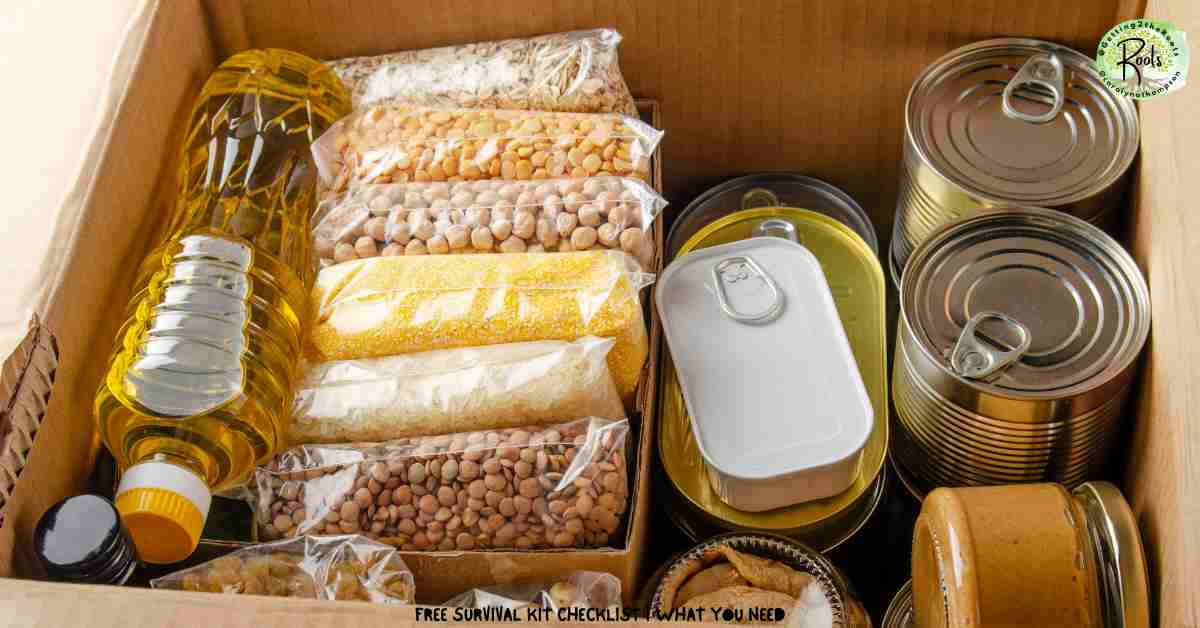
Pantry & Food Supplies
- Powdered or UHT milk
- Cooking oil
- Sugar
- Salt
- Flour
- Rice
- Pasta
- Canned beans
- Canned soup
- Canned meat (tuna, chicken, etc.)
- Peanut butter
- Granola bars
- Crackers
- Instant noodles
- Powdered drink mix (with electrolytes)
- Coffee
- Tea
- Protein powder
- Multivitamins
- Vitamin C and D
- Dried fruit
- Nuts and seeds
- Energy bars
- Honey or syrup
- Bouillon cubes
- Manual can opener
- Eating utensils (reusable)
- Plates and bowls (disposable or reusable)
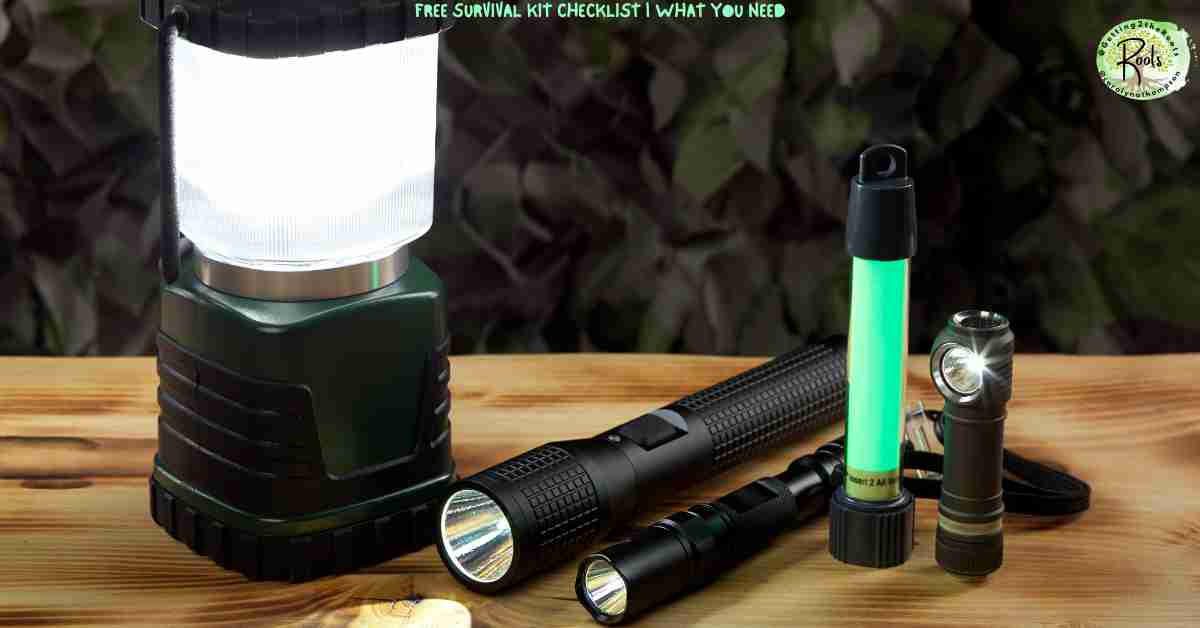
- Flashlights
- Candles
- Lighters (preferably waterproof)
- Matches (in waterproof container)
- Batteries (AA, AAA, D, and any others you need)
- Portable power bank
- Multi-tool or utility knife
- Duct tape
- Rope or cord
- Whistle
- Work gloves (heavy-duty)
- Fire extinguisher (small, for home use)
Pet Supplies
- Pet food (enough for several days or weeks)
- Kitty litter
- Pet medications (with instructions)
- Flea treatment
- Pet shampoo
- Pet carrier or crate
- Leash and collar or harness
- Food and water bowls
- Pet waste bags
- Comfort items (toys, blanket)
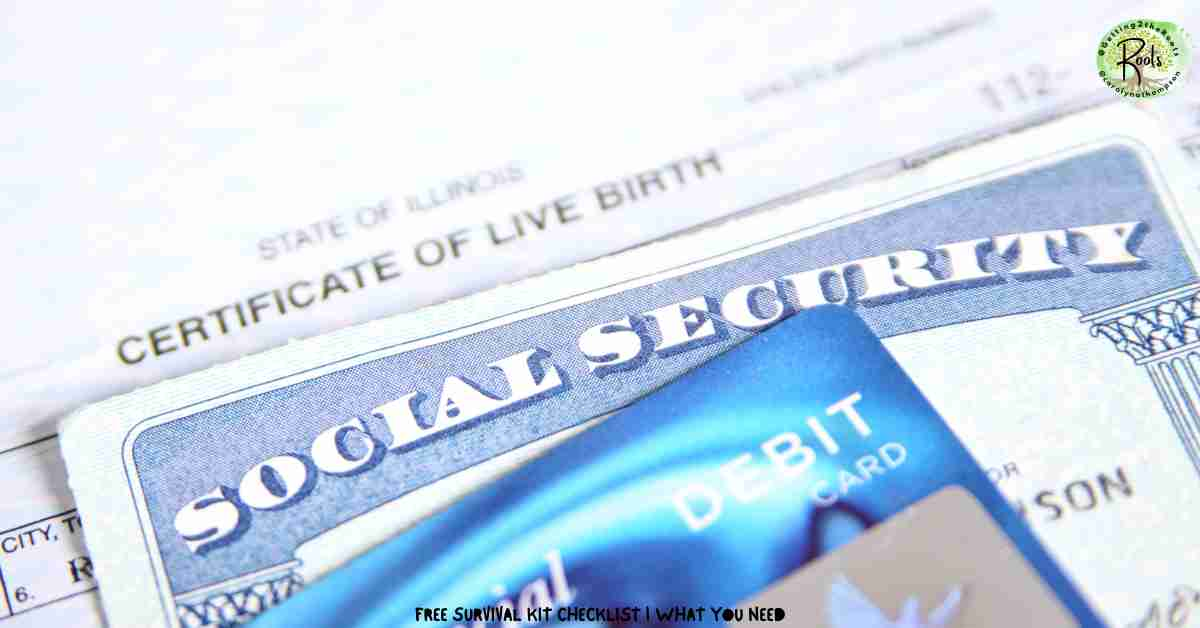
Important Documents & Information
- Copies of birth certificates
- Copies of Social Security cards
- Copies of state IDs or driver’s licenses
- Insurance documents (health, home, auto)
- Bank info (account numbers, contact details)
- Legal papers (wills, power of attorney, etc.)
- Emergency contacts list (printed)
- List of allergies and medical conditions
- Copies of vaccination records
- Paper map (local and regional)

Go-Bag Essentials
- Reusable water bottles
- Non-perishable snacks
- Cash (small bills)
- Change of clothes
- Sturdy, comfortable shoes
- Compact first aid kit
- Travel-sized toiletries
- Lightweight blanket
- Extra phone charging cables
- Offline maps downloaded to phone
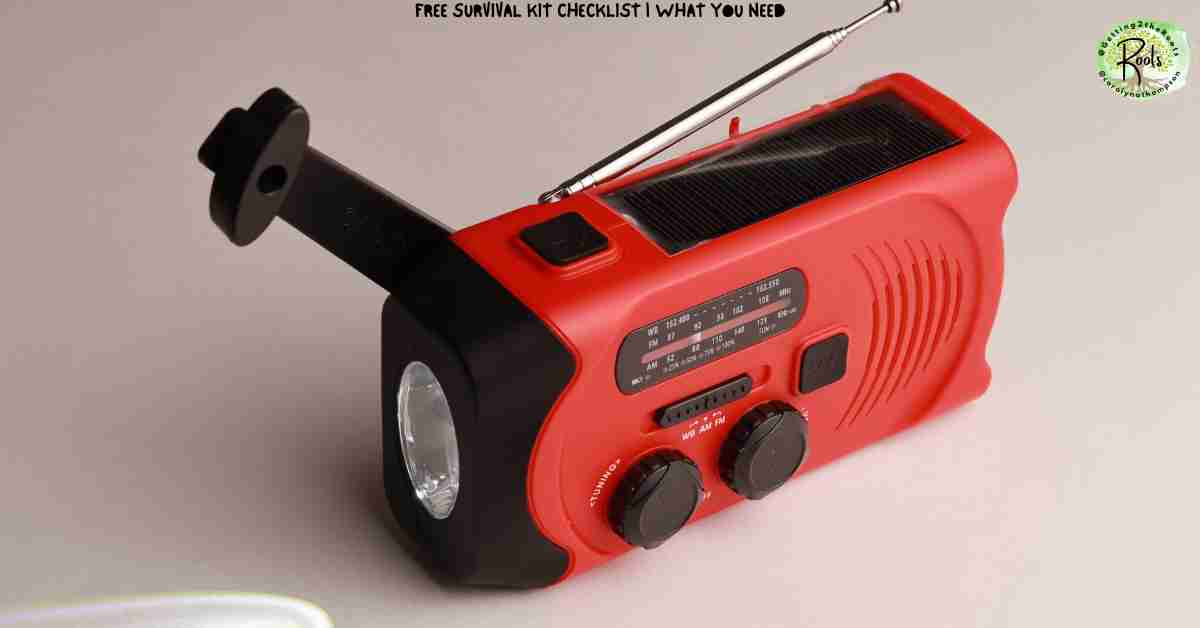
- Emergency radio (NOAA, with hand crank or battery)
- Hand-crank radio with flashlight and phone charging
- Generator (with safe fuel storage)
- Fuel can
- Extra charging cords
- Offline map apps installed on your devices
- Tent (compact and weatherproof)
- Sleeping bags or warm blankets
- Tarpaulin
- Rain ponchos
- Comfort/stress-relief items (books, small games)
- Water purification tablets or drops
- Portable water filter
- Large, food-grade water storage containers
Remember to…
- Adjust your list for your family’s size and needs
- Consider the weather and risks in your area
- Store items in a cool, dry place
- Rotate food and water supplies regularly
- Check expiration dates on meds and perishables
- Keep your go-bag easily accessible
- Have a plan for how to communicate or evacuate
Get Your FREE
Survival Kit Checklist
Don’t wait until it’s too late—check out the full post
Don’t Wait! 50 Emergency Items to Buy Right Now and start building your emergency kit today!

Want more helpful tips and powerful stories?
Check out and subscribe to my YouTube channel, “History Truough Black Eyes”, where we explore untold truths, powerful moments, and hidden lessons in Black history. Don’t miss out—new videos are added regularly!
Conclusion
Stay Ready, Stay Safe. Being prepared doesn’t have to feel overwhelming when you have a Free Survival Kit Checklist to guide you. Start small and build your kit over time. Whether it’s a power outage, storm, or emergency, you and your loved ones will be thankful you planned ahead.
Free Survival Supply List: Frequently Asked Questions (FAQ)
- What is a Free Survival Supply List?
A Free Survival Supply List is a checklist of essential items your household should have ready in case of an emergency. It includes supplies like water filters, first aid, food, hygiene items, and more—all in one easy-to-follow guide. - How often should I update my emergency kit?
Check your kit every 6 months. Rotate food, water, and medications before they expire. Also, update clothes and documents as needed based on weather and family changes. - Can this survival list be used for any type of emergency?
Yes. Whether it’s a power outage, natural disaster, or crisis, the list is designed to cover the basics so you’re ready for most situations. You can also customize it based on your region and family needs. - What’s the difference between a go-bag and a survival kit?
A go-bag is a portable version of your emergency supplies meant for quick evacuation. A full survival kit is usually stored at home and has more supplies to last several days or weeks. - Do I need to spend a lot to get started?
Not at all. Start small with what you already have. Use the Free Survival Supply List to build over time—one or two items each week can add up fast.
